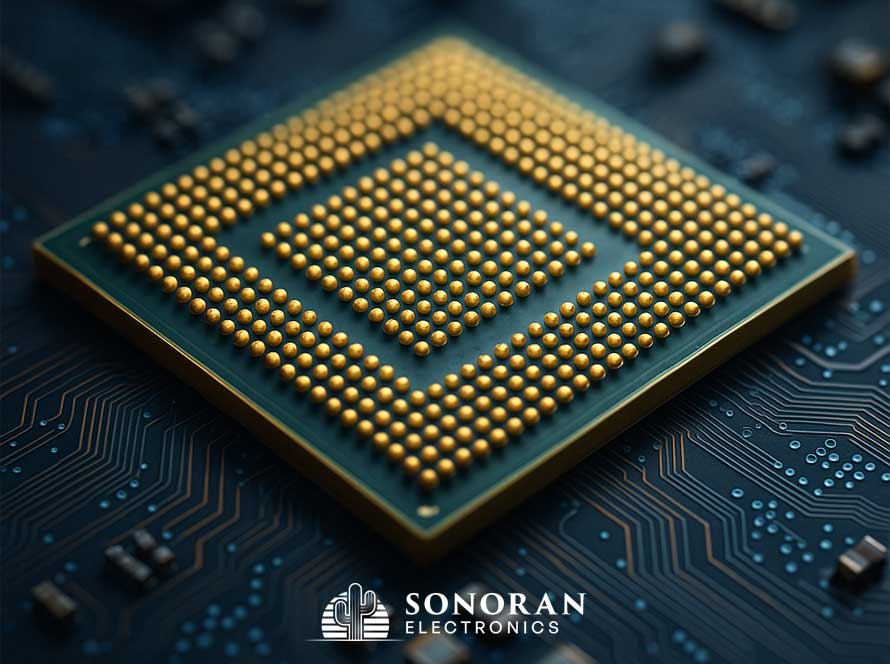In 2025, the release of the MAPT Roadmap 2.0 by the Semiconductor Research Corporation (SRC) marks a pivotal moment for the microelectronics industry. Drawing input from more than 370 experts across 132 organizations, the roadmap translates the earlier Decadal Plan’s seismic shifts into a structured, actionable set of priorities spanning system design, advanced packaging, supply‑chain resilience, digital twins, workforce development, and sustainability.
Among the key themes is the clear emphasis on heterogeneous integration and advanced packaging as essential enablers beyond logic‑node scaling. Chapter 7 of the roadmap (Advanced Packaging & Heterogeneous Integration) highlights the importance of moving from monolithic SoCs to modular, chiplet‑based architectures in order to continue performance scaling while controlling cost and risk. At the same time, the roadmap underscores the critical role of materials, substrates, and supply‑chain robustness, noting that future advances will rely not only on what goes inside the chip but also on how it’s packaged, connected, and sourced.
The roadmap also diverges from past visions by placing digital twins, workforce development, and sustainability on equal footing with pure device and interconnect innovation. For example, Chapter 11 covers workforce development, urging industry and academia to close talent gaps in microelectronics design, manufacturing, reliability, and packaging. Meanwhile, Chapter 2 focuses on sustainability and energy‑efficiency, signaling that future systems must be optimized not just for performance but for environmental impact and lifecycle cost.
For suppliers and component buyers, the implications are far‑reaching. First, alignment with the roadmap’s themes can help prioritize R&D investment in areas most likely to receive ecosystem momentum and funding. For instance, if your product portfolio includes packaging materials, interposers, or 3D integration tools, the roadmap’s emphasis suggests these areas will be key demand drivers. Second, sourcing and design decisions should reflect that heterogeneous integration, supply‑chain diversification, and modular architectures are becoming the default, not optional, approaches. Finally, portfolio and procurement strategies should consider longer‑term attributes like upgrade paths, modularity, security, and lifecycle performance rather than relying solely on node‑shrinking logic.
In practical terms, microelectronics firms should review the roadmap and identify where their capabilities map against the identified chapters. Engaging with ecosystem consortia, aligning product development roadmaps to the MAPT prioritised areas, and demonstrating relevance to packaging, security, sustainability or AI/ML systems are likely to increase visibility and competitive edge.
The MAPT Roadmap 2.0 signals a maturation of the microelectronics industry’s strategic view—from simply chasing smaller transistors to orchestrating systems, supply chains, talent, material science and packaging innovations across decades. For those sourcing, designing or supplying microcomponents, this means the time to anticipate system‑level transitions and align accordingly is very much now.
